At the Tan Trao National Special Relic Site, the members of the working delegation, with the main force being representatives of the elite faces of the Army's youth, visited many relics, listened to introductions about valuable artifacts and historical stories to understand more about the arduous but also extremely heroic revolutionary period of the nation during the years of resistance against French colonialism.
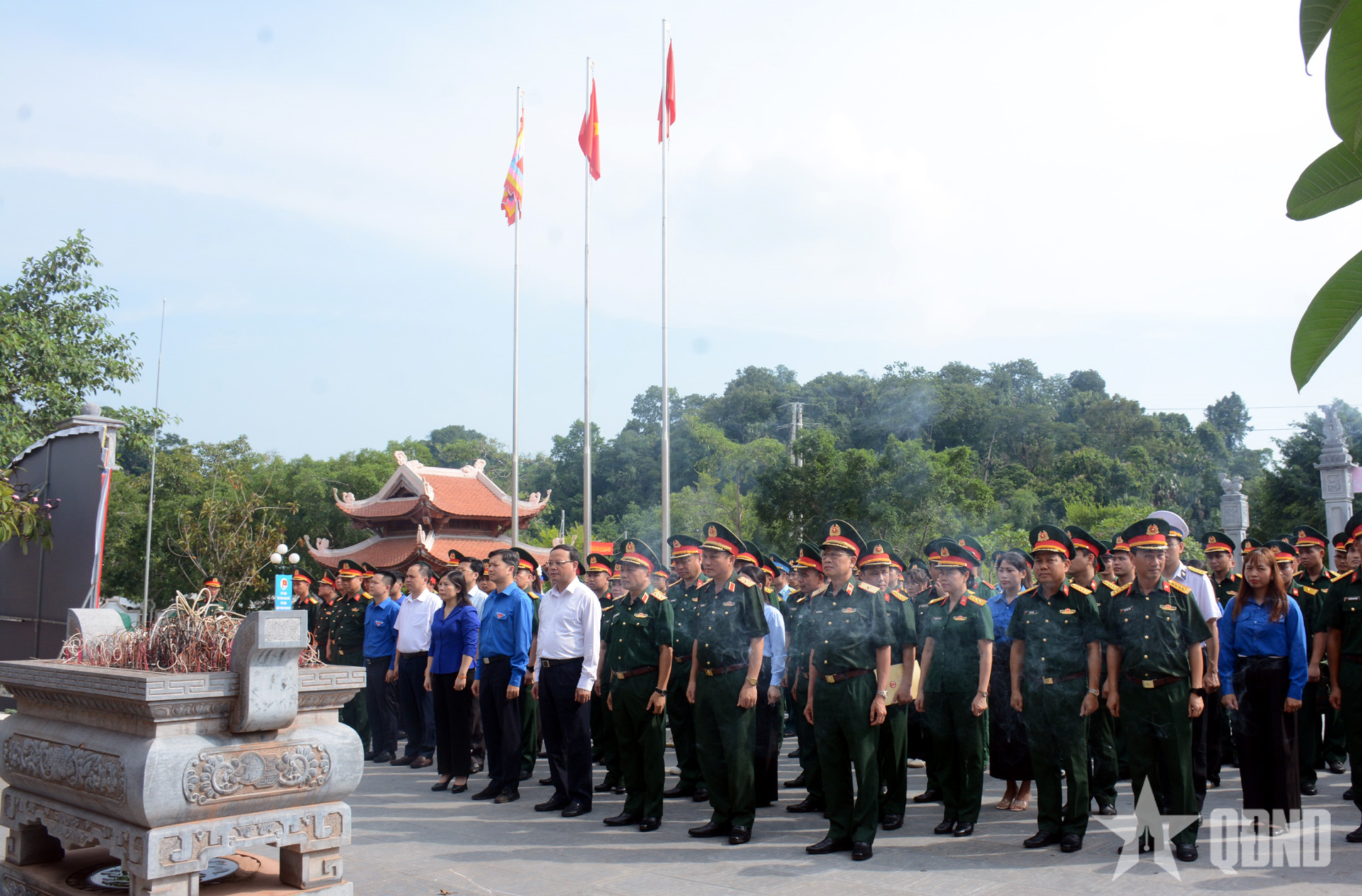 |
| The delegation of the General Department of Politics of the Vietnam People's Army and delegates offered incense to commemorate President Ho Chi Minh and revolutionary predecessors at the Tan Trao Special National Relic Site. |
It can be seen that Tuyen Quang is a historical land that witnessed many important activities and deeply engraved the image of President Ho Chi Minh and the great events of the nation. This is the place where President Ho Chi Minh lived and worked for nearly 6 years, at over 20 different locations.
According to the tour guide of the Tan Trao Special National Relic Site, in May 1945, President Ho Chi Minh returned to Tan Trao, Tuyen Quang to lead the August Revolution. Here, he instructed the establishment of the Liberation Zone and Tan Trao was chosen as the capital of the Liberation Zone, the center of the revolutionary base of the whole country. Many important historical events took place here, deciding the fate of the nation, such as: Establishment of the Liberation Zone, unification of Vietnam, Propaganda Liberation Army and National Salvation Army into Vietnam Liberation Army; National Conference of Party cadres, deciding on the General Uprising; election of the National Liberation Committee - the provisional government with Ho Chi Minh as President, regulation of the National Flag, National Anthem...
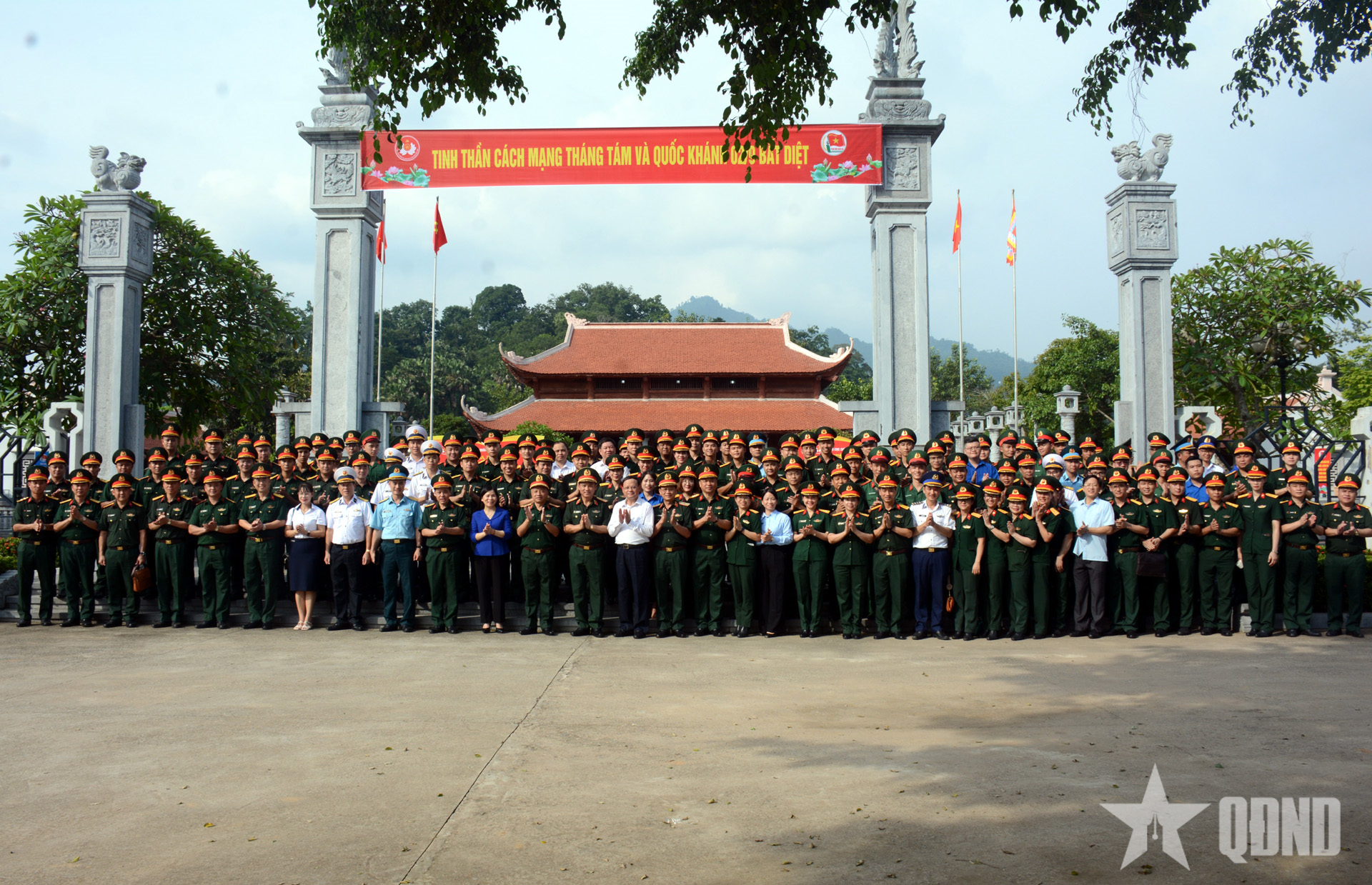 |
| Leaders of the General Department of Politics and delegates at the Memorial House of President Ho Chi Minh and revolutionary predecessors. |
From Tan Trao land, the general uprising order was transmitted: “The decisive hour for the destiny of our nation has come. Let the whole country rise up and use our own strength to liberate ourselves.” Responding to President Ho Chi Minh’s call, more than 20 million people across the country rose up to revolt and seize power nationwide.
On December 19, 1946, the nationwide resistance war against French colonialism broke out. On April 2, 1947, after a long journey from Hanoi, President Ho Chi Minh and the resistance headquarters arrived at Sao Village, Hop Thanh Commune, Son Duong District (now Son Duong Commune, Tuyen Quang Province). Once again, history entrusted Tuyen Quang with the mission of being the Resistance Capital, a solid base of the Party Central Committee, the National Assembly, the Government, the Front and most of the ministries, departments, branches and central agencies. President Ho Chi Minh stayed for nearly 6 years and worked in many localities of the province.
 |
The delegation visited historical sites at the Tan Trao Special National Monument. |
During this time, he and the Party Central Committee successfully organized many important congresses, conferences, and meetings of the Party, National Assembly, Government, and Front... to decide on major policies to build the nation and bring the resistance to complete victory, such as: The 2nd Congress of the Party held from February 11 to 19, 1951; The National Congress of the Viet Minh Front - Lien Viet Association (March 1951); The Conference of the People's Alliance of the Three Countries of Vietnam - Laos - Cambodia (March 1951); Conferences of the Politburo, meetings of the Government Council...
In Tuyen Quang, President Ho Chi Minh had important diplomatic activities such as: Working with the Lao Resistance Government and the Lao Patriotic Front Issara, the Chinese Advisory Group; representatives of Communist Parties: France, Thailand, the Soviet Union... to gain international support for the just struggle of the Vietnamese people. At the same time, President Ho Chi Minh had many important works, articles, and speeches on revolutionary ethics, lifestyle training for cadres and party members, Party building work, and the political system, including works on Mass Mobilization, New Life, Political Common Sense, and Working Style Improvement...
To commemorate the merits of President Ho Chi Minh and the revolutionary predecessors who lived and worked in Tuyen Quang during the pre-uprising period and the resistance war against the French colonialists, in October 2019, the Memorial Area of President Ho Chi Minh and the revolutionary predecessors was started to be built, located on a 10,000m2 land with traditional architecture, including the following works: Bell tower, drum tower, reception house, exhibition house, memorial house... In which, the center is the Memorial House. The Memorial House is designed to include 2 areas: Front worship - a space to worship 14 revolutionary predecessors and the Rear Palace is where the altar of President Ho Chi Minh is located.
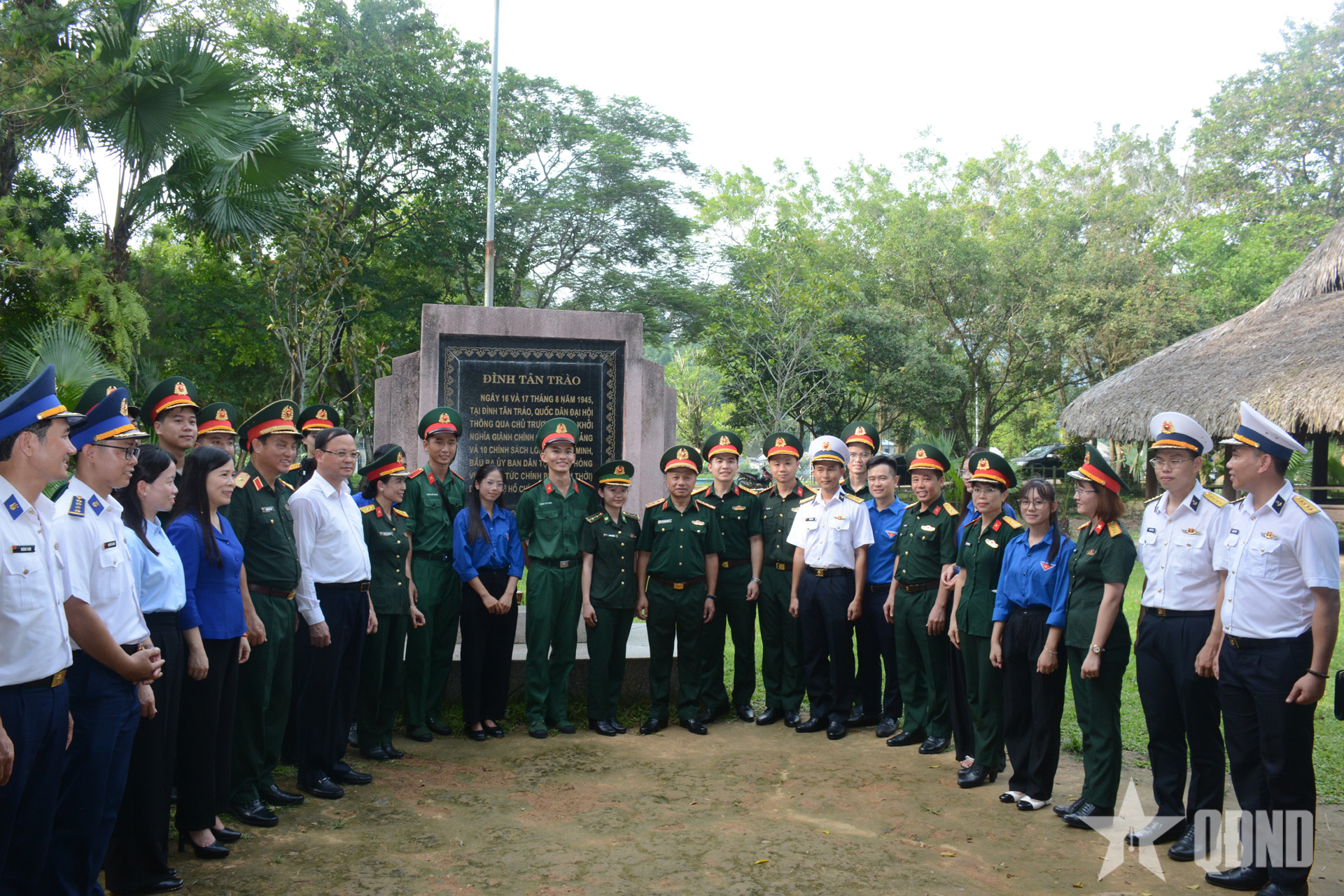 |
| Leaders of the General Department of Politics of the Vietnam People's Army and representatives of the Army's youth reviewed history at the Tan Trao Communal House relic stele. |
Coming to the Tan Trao National Special Relic Site, offering incense and flowers to commemorate President Ho Chi Minh and revolutionary predecessors; visiting Tan Trao Communal House, Tan Trao Banyan Tree and several other historical sites, today's youth increasingly appreciate and are grateful for the immense contributions of their predecessors. At the same time, they cultivate in themselves patriotism, national pride, and the spirit of determination to strive to build an increasingly revolutionary, disciplined, elite, and modern Army, contributing to building a civilized, prosperous, powerful, and strong country, firmly entering a new era of development.
Article and photos: CHIEN VAN
Source: https://www.qdnd.vn/phong-su-dieu-tra/phong-su/thang-tam-ve-voi-tan-trao-841756



![[Photo] National Assembly Chairman Tran Thanh Man holds talks with President of the Senate of the Czech Republic Milos Vystrcil](/_next/image?url=https%3A%2F%2Fvphoto.vietnam.vn%2Fthumb%2F1200x675%2Fvietnam%2Fresource%2FIMAGE%2F2025%2F11%2F21%2F1763715853195_ndo_br_bnd-6440-jpg.webp&w=3840&q=75)
![[Photo] Visit Hung Yen to admire the "wooden masterpiece" pagoda in the heart of the Northern Delta](/_next/image?url=https%3A%2F%2Fvphoto.vietnam.vn%2Fthumb%2F1200x675%2Fvietnam%2Fresource%2FIMAGE%2F2025%2F11%2F21%2F1763716446000_a1-bnd-8471-1769-jpg.webp&w=3840&q=75)
![[Photo] President Luong Cuong receives Speaker of the Korean National Assembly Woo Won Shik](/_next/image?url=https%3A%2F%2Fvphoto.vietnam.vn%2Fthumb%2F1200x675%2Fvietnam%2Fresource%2FIMAGE%2F2025%2F11%2F21%2F1763720046458_ndo_br_1-jpg.webp&w=3840&q=75)
![[Photo] General Secretary To Lam receives President of the Senate of the Czech Republic Milos Vystrcil](/_next/image?url=https%3A%2F%2Fvphoto.vietnam.vn%2Fthumb%2F1200x675%2Fvietnam%2Fresource%2FIMAGE%2F2025%2F11%2F21%2F1763723946294_ndo_br_1-8401-jpg.webp&w=3840&q=75)

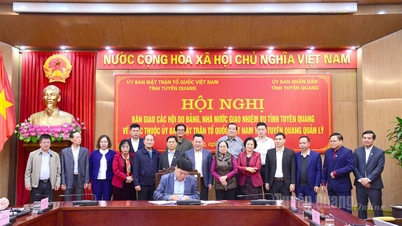

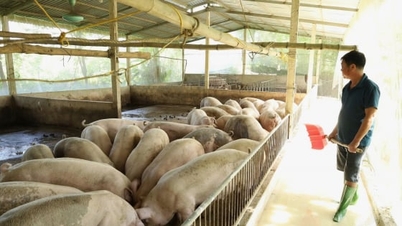

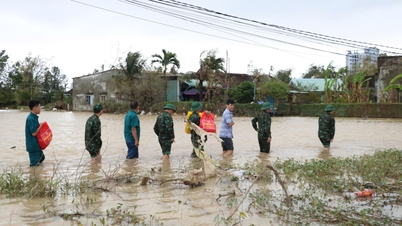

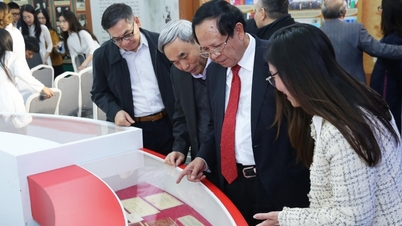

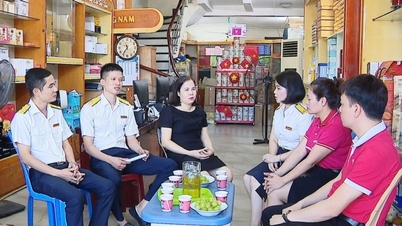
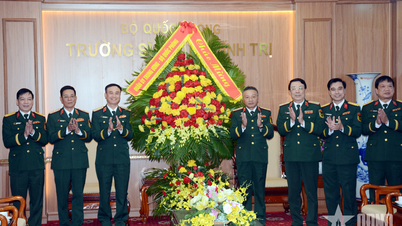
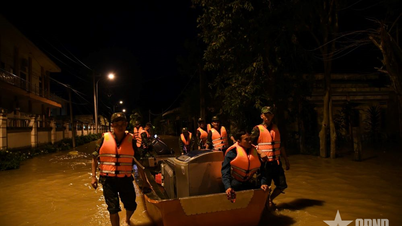

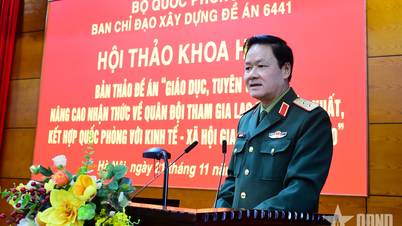
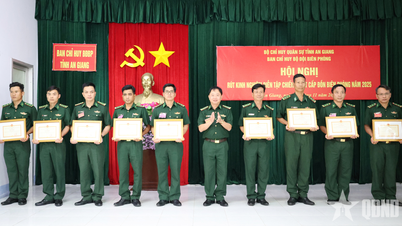

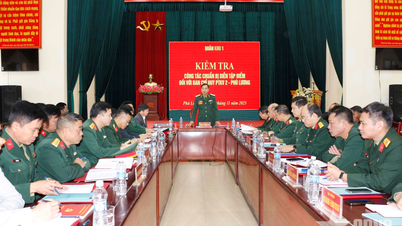
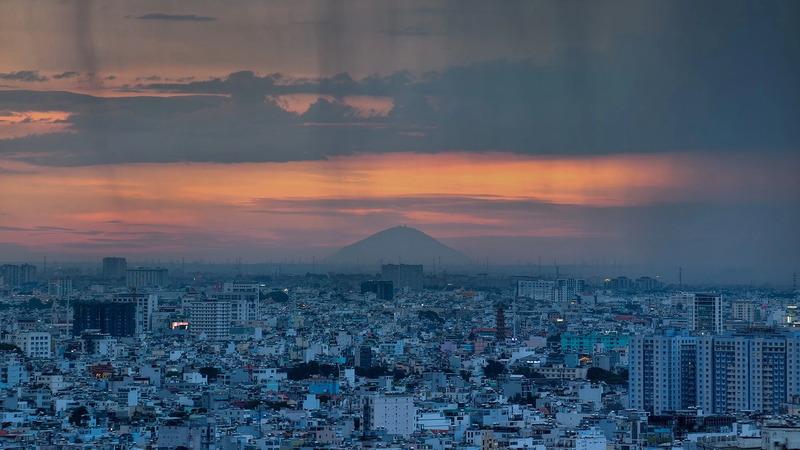


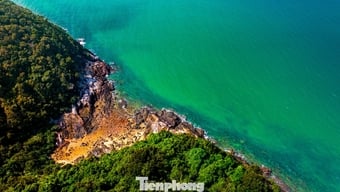
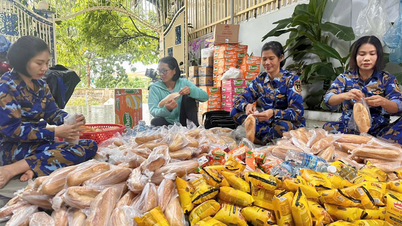
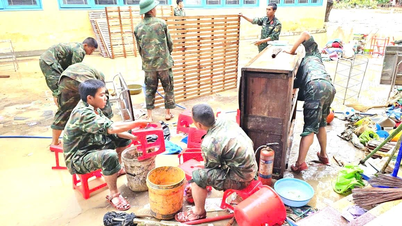
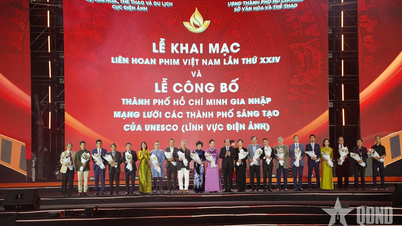
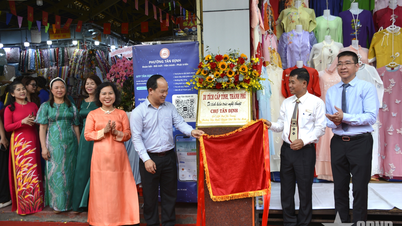
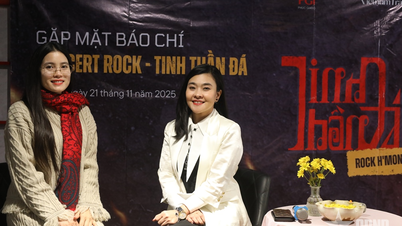
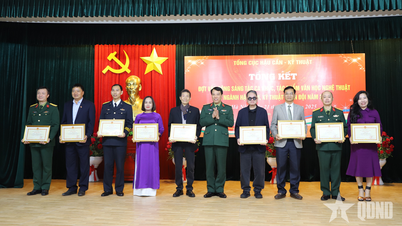






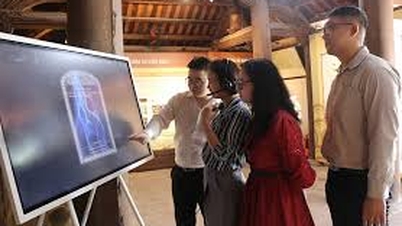

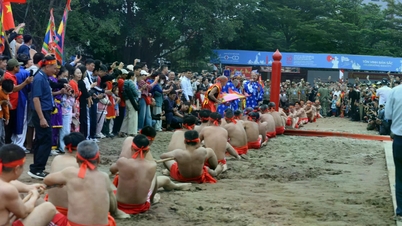

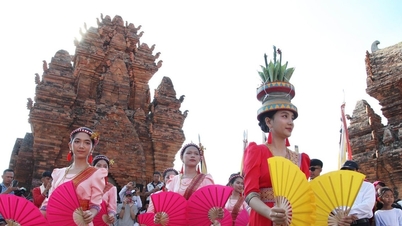

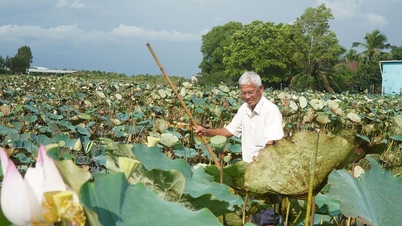

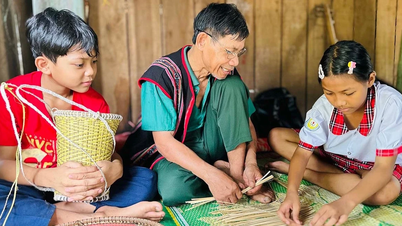

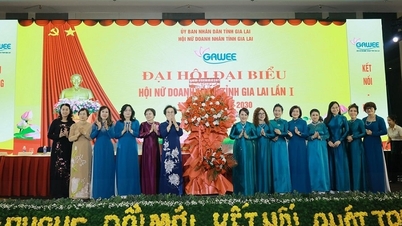

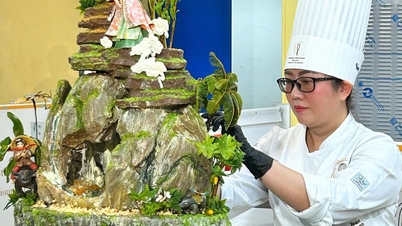



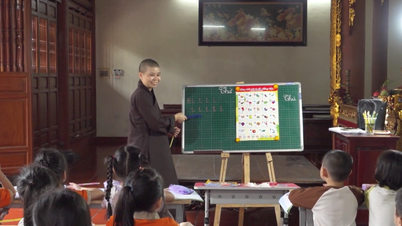


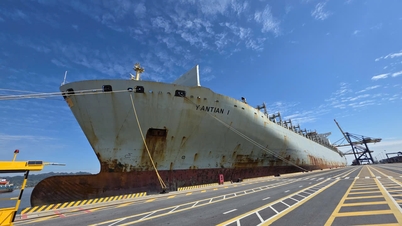
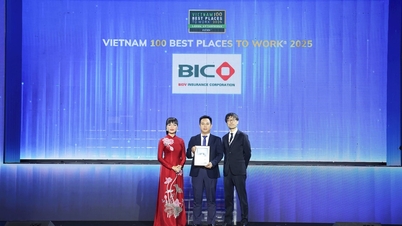
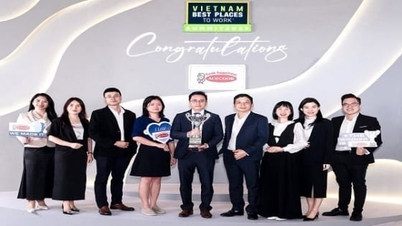



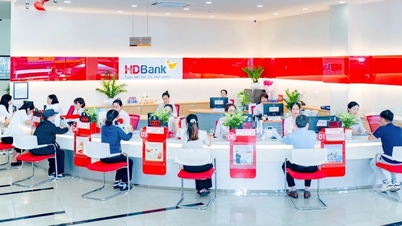

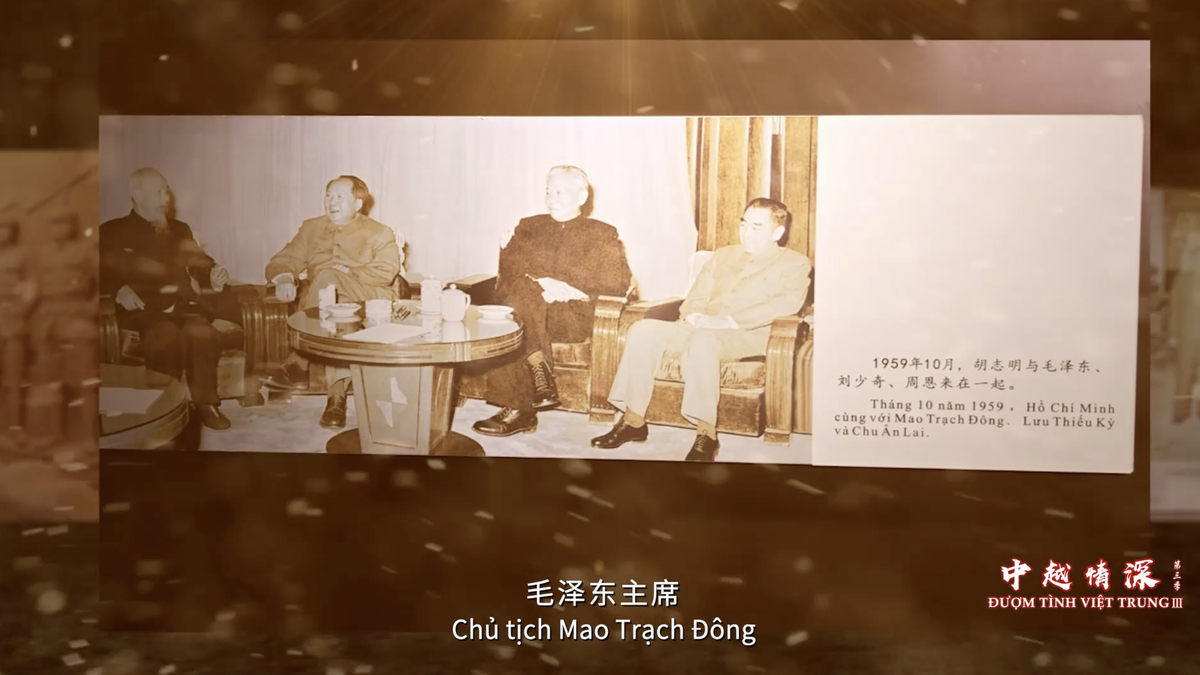
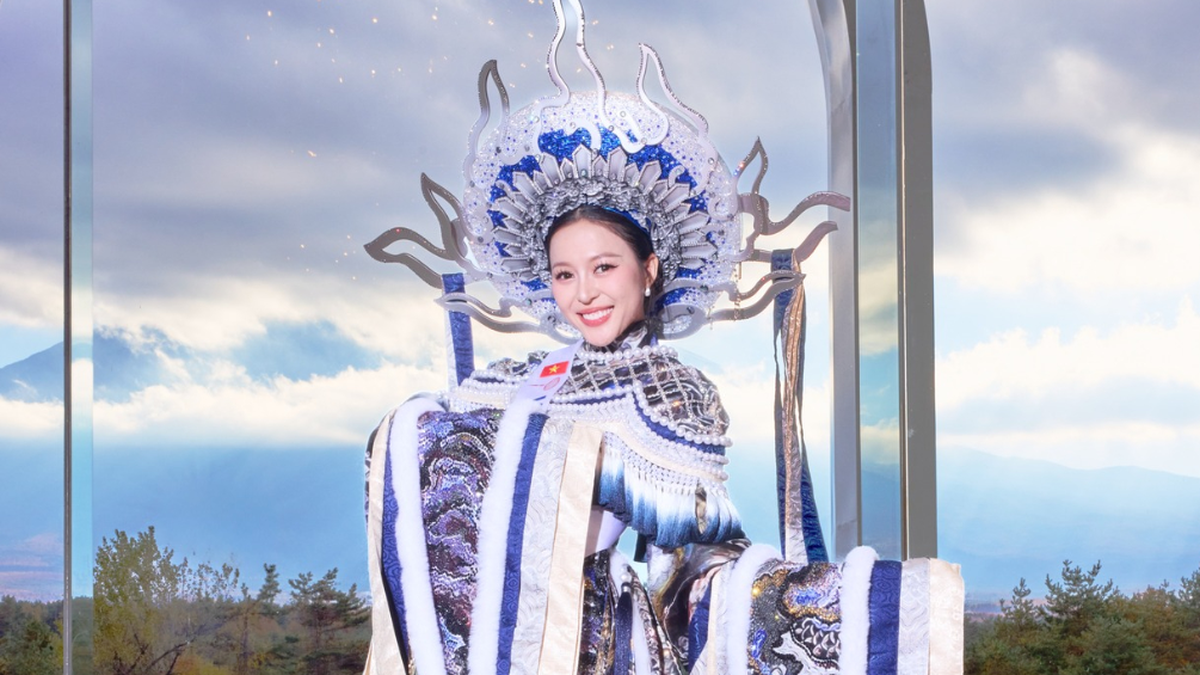
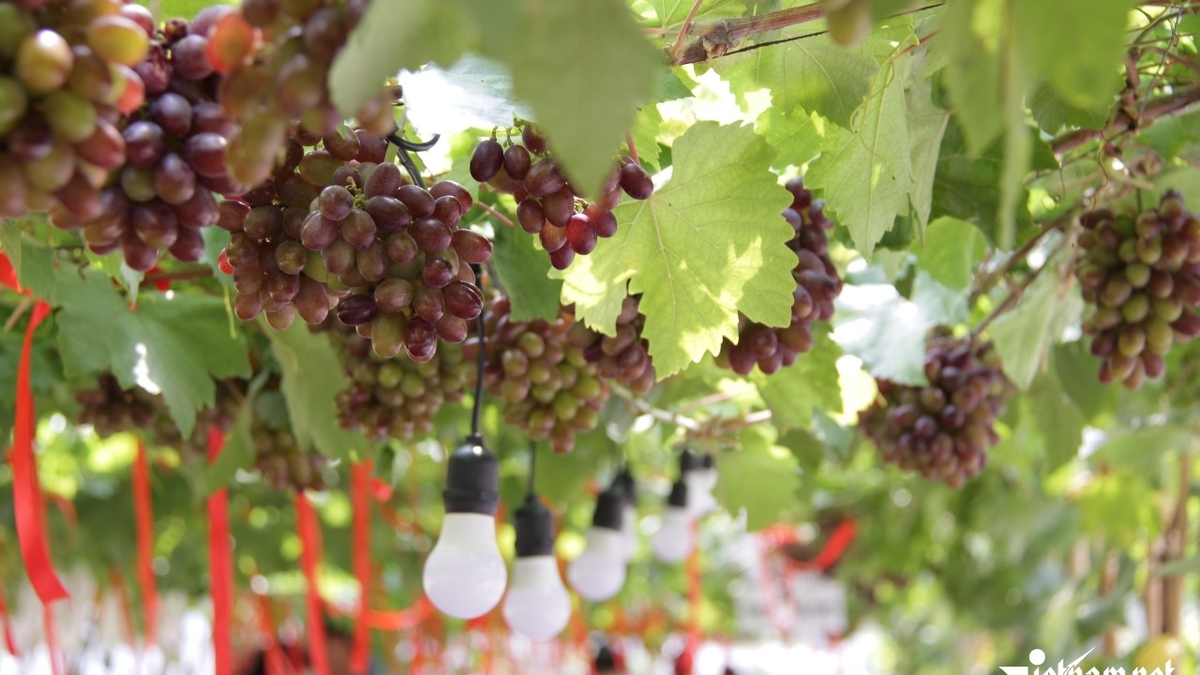
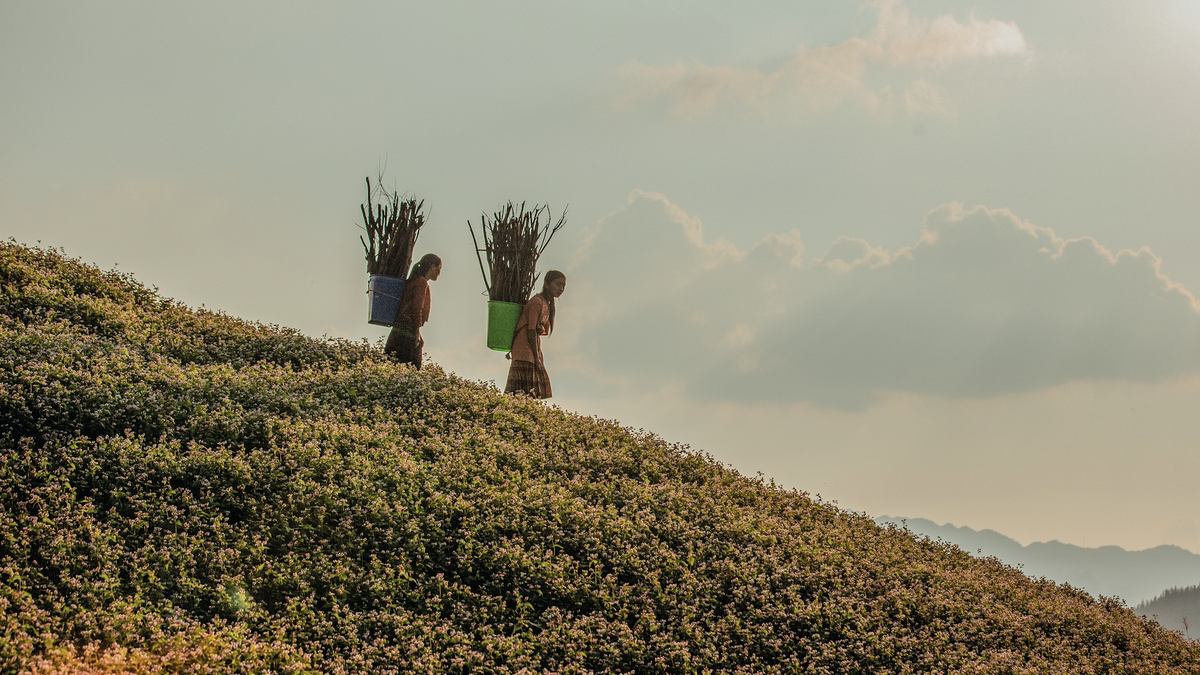

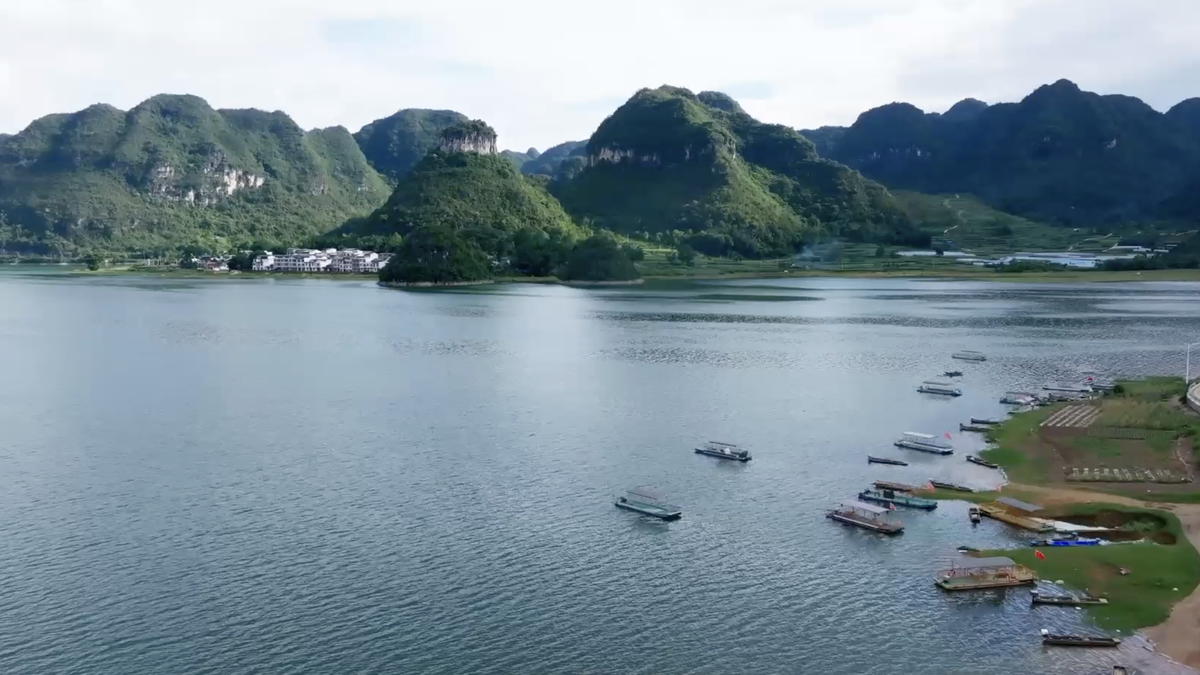
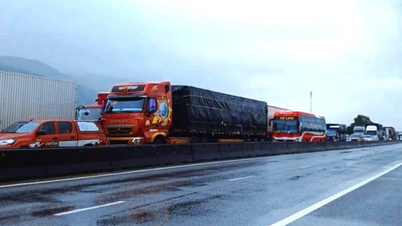


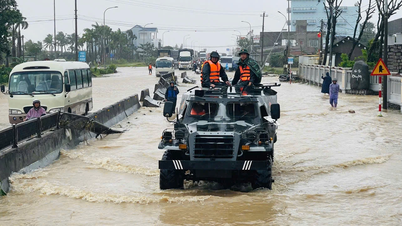
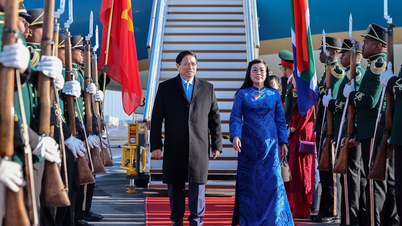

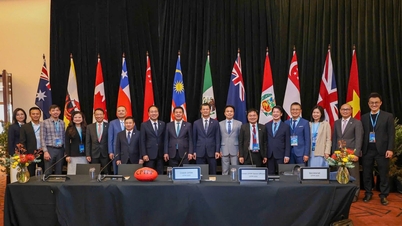
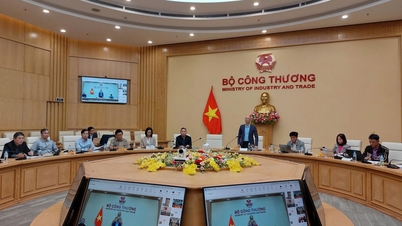

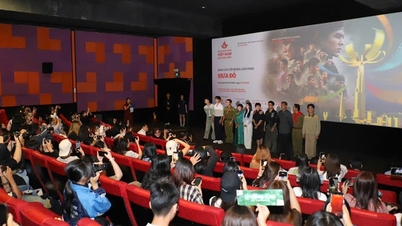



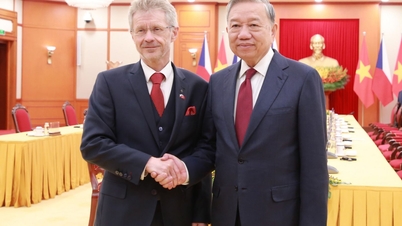
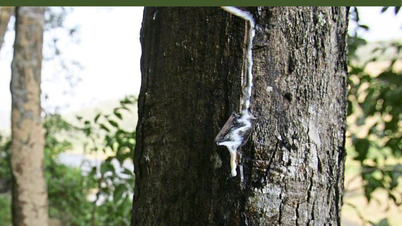
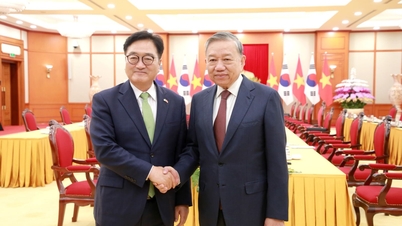


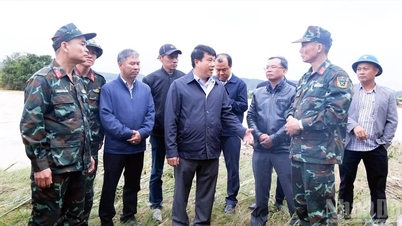
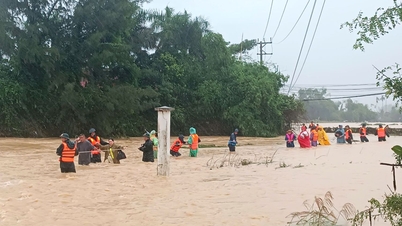

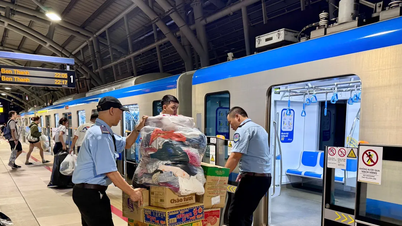

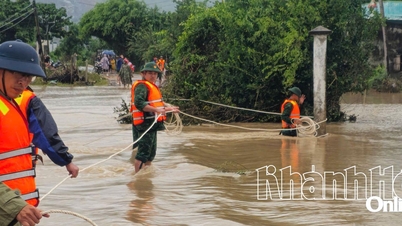
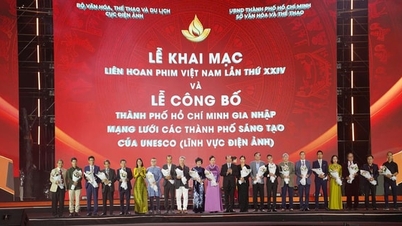

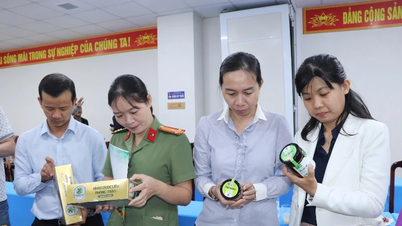

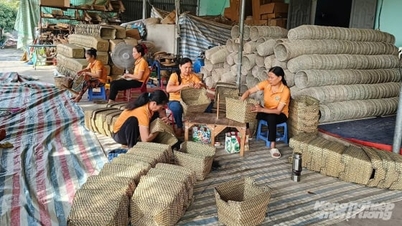
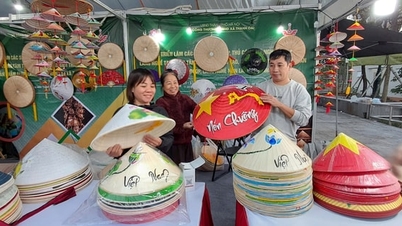
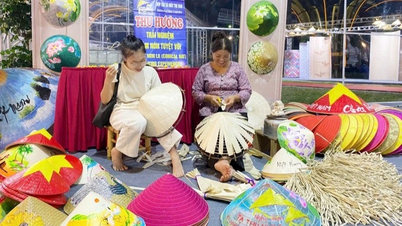
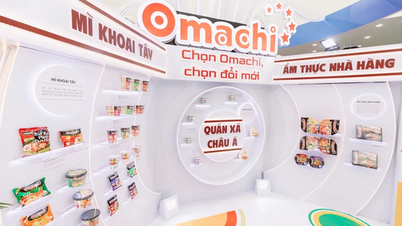







Comment (0)